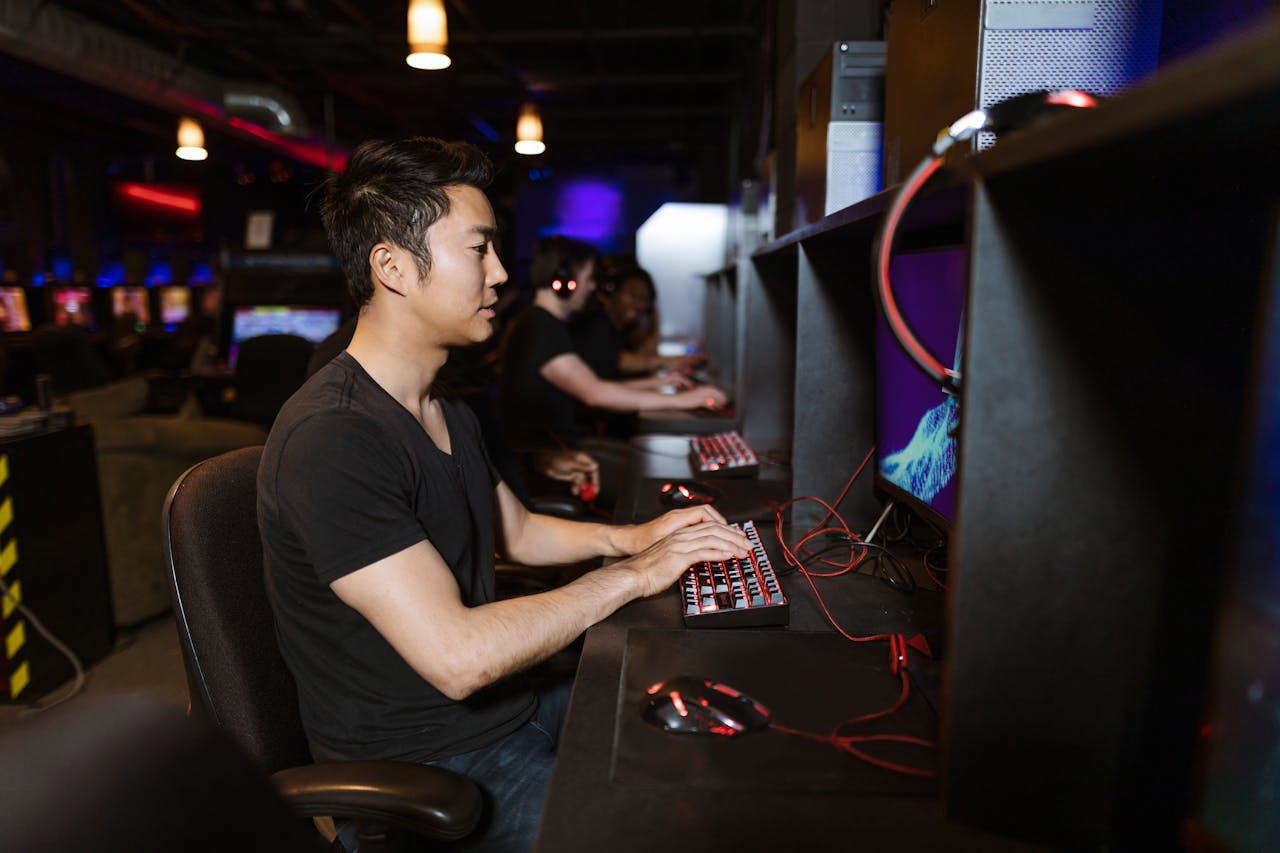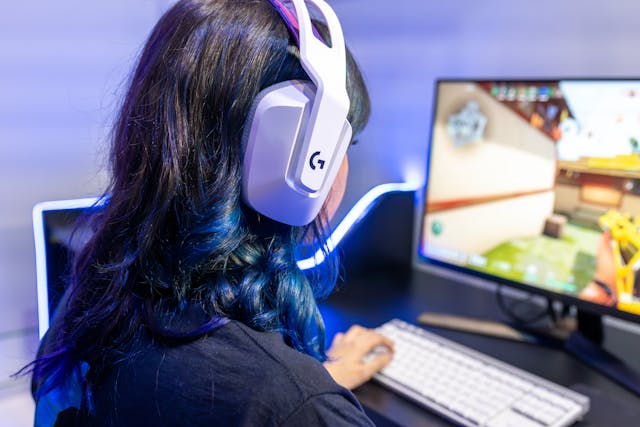
Are you ready to take on the Chambers of Xeric without your GPU feeling like it’s in a marathon? If you’ve ever found yourself battling lag or stuttering graphics during those intense raids, you’re not alone. Many players face this challenge as they dive into the thrilling depths of Gielinor’s toughest PvE content. Fortunately, there are simple tweaks you can make right within your game settings that can lighten the load on your graphics card. Whether you’re a seasoned veteran or just starting out, optimizing these settings will enhance your gaming experience while keeping performance smooth and enjoyable. Let’s explore how adjusting some key graphics options can help ensure you’re always raid-ready!
Adjust Texture Quality and Resolution
 One of the first areas to tackle in chambers of xeric is texture quality and resolution. These settings can have a significant impact on your GPU’s workload. High-resolution textures look stunning, but they demand more from your graphics card. Start by lowering the texture quality setting. This will reduce the detail levels in environments and objects, freeing up resources for smoother gameplay. You might notice a difference in visual fidelity, but it often goes unnoticed during intense action scenes. Next, adjust the screen resolution if necessary. Playing at a lower resolution means fewer pixels to render, which translates into less stress on your GPU. It’s all about finding that sweet spot where performance meets visual appeal without sacrificing too much immersion.
One of the first areas to tackle in chambers of xeric is texture quality and resolution. These settings can have a significant impact on your GPU’s workload. High-resolution textures look stunning, but they demand more from your graphics card. Start by lowering the texture quality setting. This will reduce the detail levels in environments and objects, freeing up resources for smoother gameplay. You might notice a difference in visual fidelity, but it often goes unnoticed during intense action scenes. Next, adjust the screen resolution if necessary. Playing at a lower resolution means fewer pixels to render, which translates into less stress on your GPU. It’s all about finding that sweet spot where performance meets visual appeal without sacrificing too much immersion.
Disable or Lower Shadows and Lighting Effects
Shadows and lighting effects can add depth to your gaming experience, but they also put a strain on your GPU. In the chambers of Xeric, every frame counts. Reducing these visual enhancements can dramatically improve performance. Start by navigating to the graphics settings menu. Here, you’ll find options specifically for shadows and lighting. Lowering their quality or turning them off entirely might seem like a sacrifice at first, but in high-pressure situations, clarity is crucial. Without dynamic shadows or complex lighting effects competing for resources, your game will run smoother. This means faster reaction times during those intense boss fights or puzzle-solving moments.
Optimize Anti-Aliasing Settings
Anti-aliasing is a popular graphics technique that smooths out jagged edges. While it enhances visual quality, it can also put significant strain on your GPU. Adjusting these settings can make a difference. Consider switching to FXAA or SMAA modes if you’re using more demanding options like MSAA. These alternatives offer decent visual improvements without heavily taxing your system. Lower the anti-aliasing level or even disable it entirely for some gaming sessions. You may notice a slight decrease in image quality, but the resulting increase in performance could be worth it—especially during intense moments in Chambers of Xeric.

Limit Background Processes and Enable V-Sync or Frame Rate Caps
Your computer’s performance can take a hit from unnecessary background processes. These tasks drain resources that your game could use, especially during intense moments in Chambers of Xeric. Start by checking your task manager for applications running in the background. Close anything not essential to your gaming experience. This simple step can free up valuable GPU power. Next, consider enabling V-Sync or setting frame rate caps. V-Sync synchronizes the game’s frame rate with your monitor’s refresh rate, reducing screen tearing and enhancing visual stability. If you find that you’re consistently surpassing the refresh rate, capping it might also help maintain smoother gameplay without overwhelming your system.
Conclusion
 Reducing GPU stress in Chambers of Xeric by adjusting in-game graphics settings can greatly improve gameplay smoothness without heavily compromising visuals. Lowering texture quality and resolution helps stabilize frame rates, while cutting down on shadows and lighting effects frees up processing power. Tweaking or disabling anti-aliasing further eases GPU load during intense moments. Additionally, managing background applications and using V-Sync or frame rate limits can maintain system stability. Together, these strategies ensure a balanced gaming experience with optimal performance, allowing players to tackle challenges more effectively.
Reducing GPU stress in Chambers of Xeric by adjusting in-game graphics settings can greatly improve gameplay smoothness without heavily compromising visuals. Lowering texture quality and resolution helps stabilize frame rates, while cutting down on shadows and lighting effects frees up processing power. Tweaking or disabling anti-aliasing further eases GPU load during intense moments. Additionally, managing background applications and using V-Sync or frame rate limits can maintain system stability. Together, these strategies ensure a balanced gaming experience with optimal performance, allowing players to tackle challenges more effectively.
